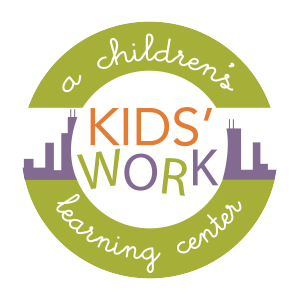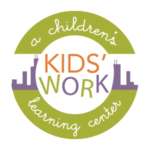March is the birth month of beloved children’s writer Dr. Seuss, as well as National Reading Month. In celebration of both, March is a great time to focus on cultivating an early love of reading in your kids.
When do literary skills develop?
Research findings outlined in a recent report of the National Early Literacy Panel highlight the fact that literacy skills begin to develop at birth. The panel identified a number of early skills that are related to—and may even help predict—a child’s later success with reading and writing.
There is research that points to a child’s literacy skills beginning to develop at birth and continuing long before they actually begin reading on their own. There are early skills that can be honed and developed that can contribute to later success in reading and writing for the child.
Some of these skills include the ability to name the letters of the alphabet as well as the sounds they make; being able to name numbers, letters, objects and colors rapidly; phonological awareness and memory such as being able to hear, use, and remember the sounds of and information from spoken language; and being able to write letters or their name.
What can you do?
So that means to help your young child boost their reading and writing abilities, interest and success early, you can do a number of things. Expose them early and regularly to the alphabet, the best way to do so is organically through books, the letters of their name, and out in the city in general with street signs and store names. Sing and teach them the alphabet song. Draw letters with them in the sand at the beach or playground, or in the snow.
You can always be pointing out letters whenever you see them out in the real world, walking around the park or visiting the zoo. Teach them to identify numbers as well, and play games to point out numbers and letters they see. Play games like I-Spy around the house or when you’re out so they can point out to you all the different places they see the letter you’re asking them about.
When teaching them new letters, do it alphabetically or begin with the letters of their name. Capital letters can be easiest to recognize but lower case letters appear more frequently in most text so introduce both as you can. Using familiar words that are often used in your every day life can help teach them the sounds that the letters make.
Constantly be teaching your child the names of colors and objects, and gently help them continue to manipulate the new words in their mouths until they get it right. New words and labels can take some time to get used to! Play games where they have a certain amount of time like 30 seconds to point out as many of a certain letter or color as they can around them or in a book or magazine.
Read the same stories over and over together if your kid wants to. It may seem boring or tedious to you, but what it’s doing is helping him or her gradually be able to recognize and memorize text as well as increase reading comprehension.
Expose your kid to a lot of different sources of words and language – you and your voice, different audio recordings, video recordings, music, written text, etc.
Keep at it!
By mixing things up and keeping the information fresh by having it come at them all the time, all around them, in a variety of fun and interesting ways, it is possible to begin to cultivate a love of language and letters and reading in your child even before they are reading on their own. But above all, the number one way to cultivate a love of reading in your children is to model a love of reading- let your children see you reading and enjoying a good book and start reading aloud to children as part of a bedtime routine when they are infants.
So read as much of your own favorite books around the house where they can see you, and then grab your favorite Dr. Seuss book to read to them over and over!




